
Jan Łaski was a Polish nobleman, Grand Chancellor of the Crown (1503–10), diplomat, from 1490 secretary to Poland's King Casimir IV Jagiellon and from 1508 coadjutor to the Archbishop of Lwów.
Mury (Walls) was a sung poetry protest song written by Polish singer Jacek Kaczmarski in 1978. It was especially popular among the members of Solidarity and is one of Kaczmarski's best known songs. It became a powerful symbol of the opposition to the communist regime in the People's Republic of Poland and was sung at countless rallies, meetings, protests and strikes throughout Poland during the 1980s. It has become popular among protesters in the aftermath of the 2020 Belarusian presidential election.

Old Annals of the Holy Cross is the oldest Polish written history, recording key events from the very beginnings of the Polish state.

Skawinka′s Gradual is a richly illuminated gradual from around 1460.

Permanent exhibition in the Palace of the Commonwealth is an exhibition of the most valuable objects from the collection of the National Library of Poland in the baroque interiors of the Palace of the Commonwealth in Warsaw.

Gradual of Abbot Mścisław is an illuminated gradual from around 1390.

Antiphonary of Abbot Mścisław is an illuminated antiphonary from the late 14th or early 15th century.

Gradual of the Cracow Augustinians is an illuminated gradual from 1528.
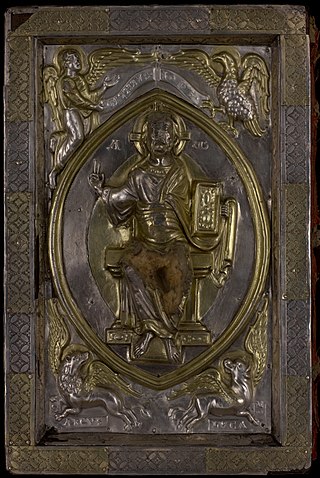
Anastasia Evangelistary is an evangelistary from 12th century.
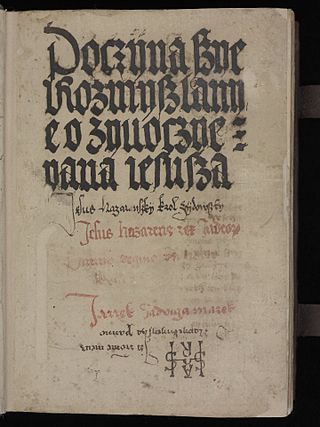
Przemyśl Meditation is a collection of apocryphal texts in Polish from the end of the 15th century.
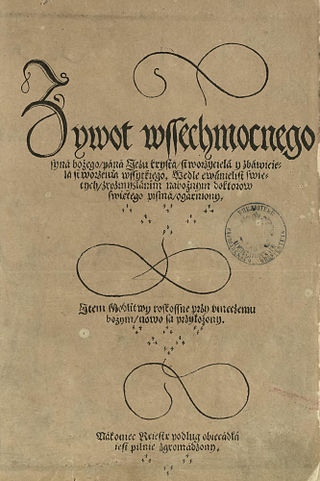
The Life of the Lord Jesus Christ is the oldest entirely preserved printed book in Polish by Baltazar Opec, published in 1522.

Skevra Evangeliary is an illuminated Armenian evangeliary from 12th century.

Calendarium Parisiense is an illuminated manuscript from the 14th century, containing a calendar.

Potocki Psalter is an illuminated French psalter from 13th century.

Bishop Tomicki′s Missal is a printed missal from 1532.

Jan Zamoyski's Prayer Book is a French printed prayer book from around 1485.
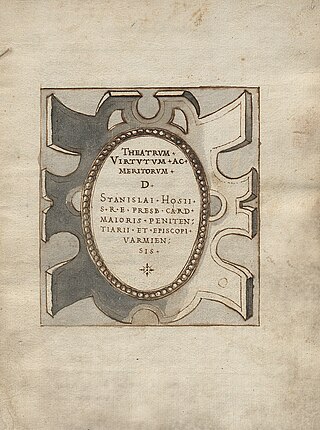
Theatre of the Virtues of the Venerable Stanislaus Hosius is a collection of 105 drawings by the engraver Tomasz Treter, depicting the life of Stanislaus Hosius.
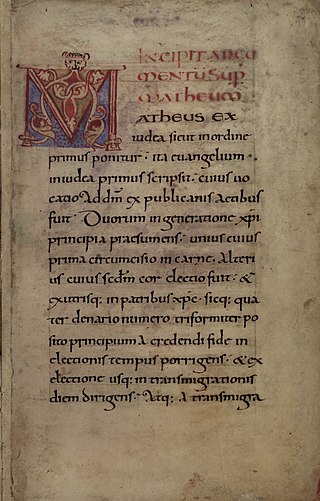
Evangelistarium is the oldest hand-written lectionary in Polish libraries from 11th century.

Revelationes is a manuscript of Revelationes by Bridget of Sweden from 14th century.

Flowery Triodion is the one of the earliest surviving example of a work in Old Church Slavonic printed in Cyrillic script.



















